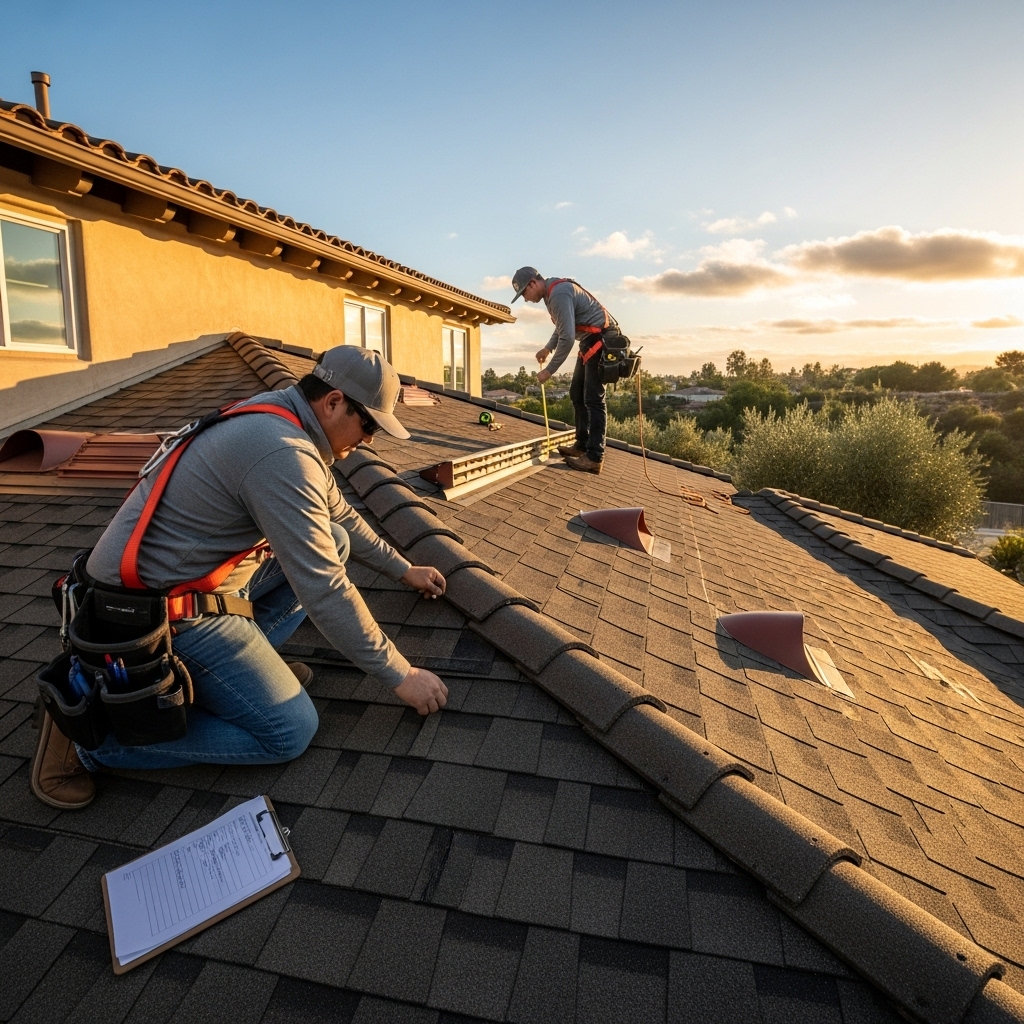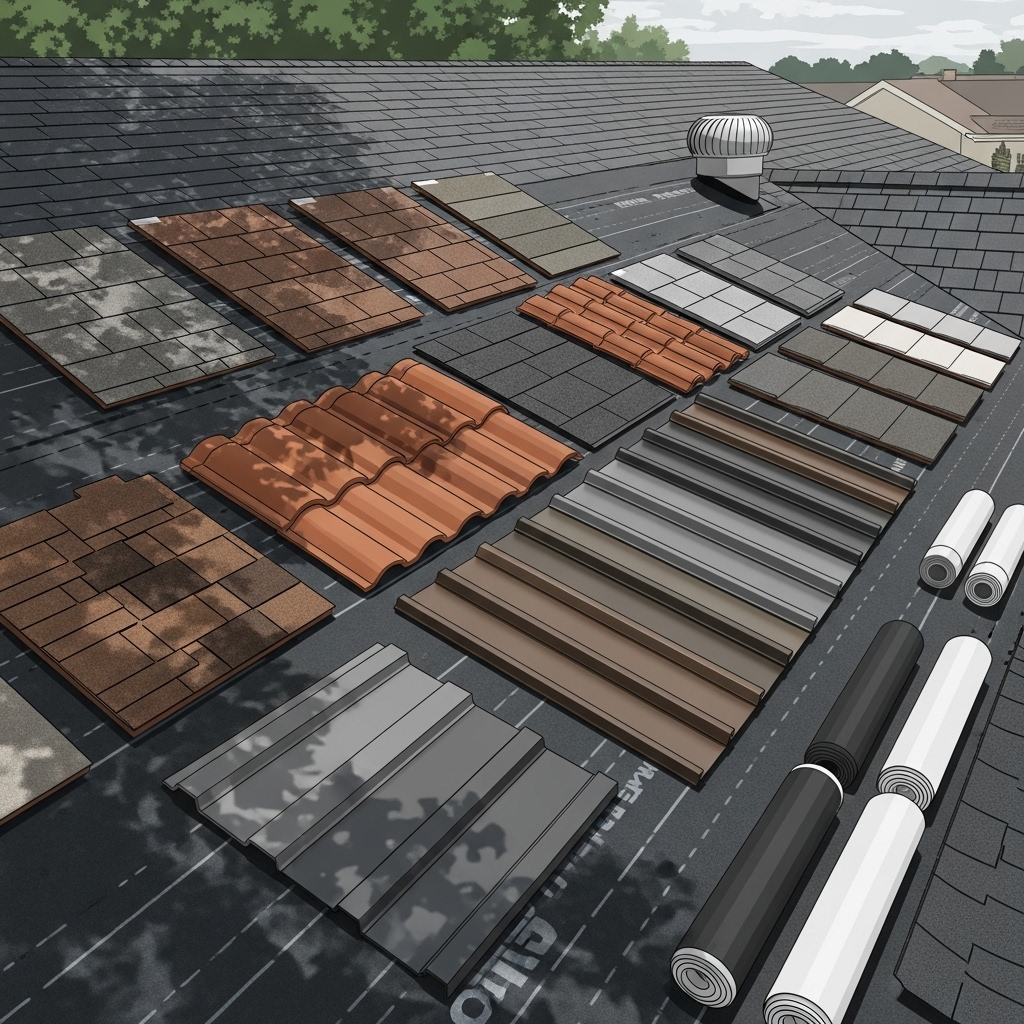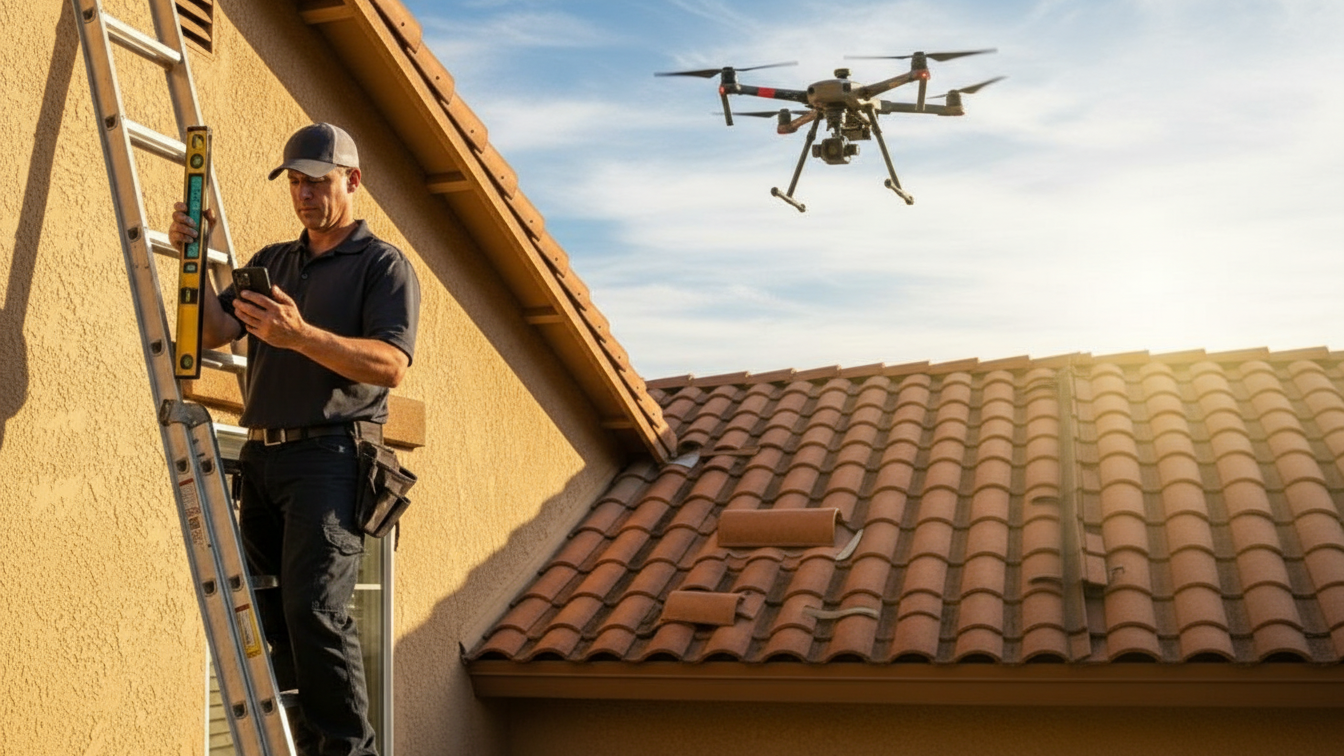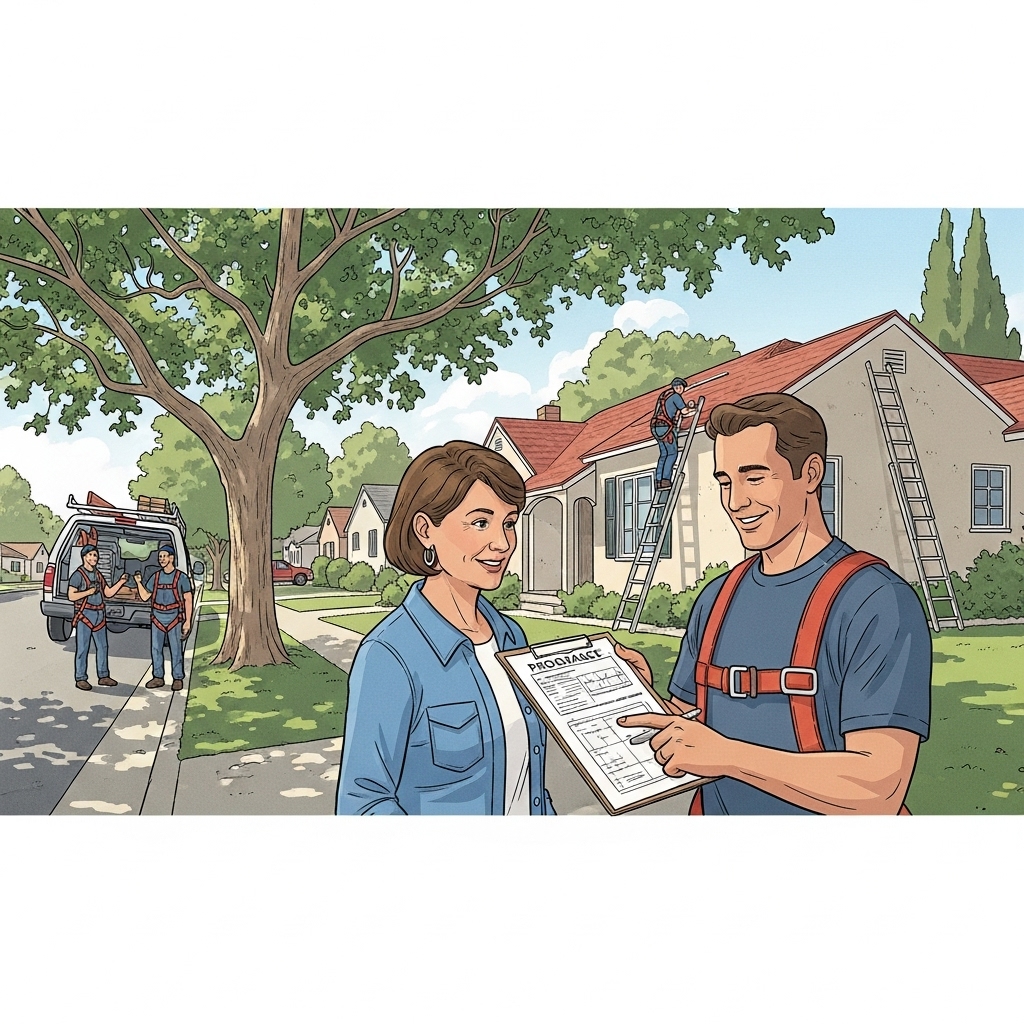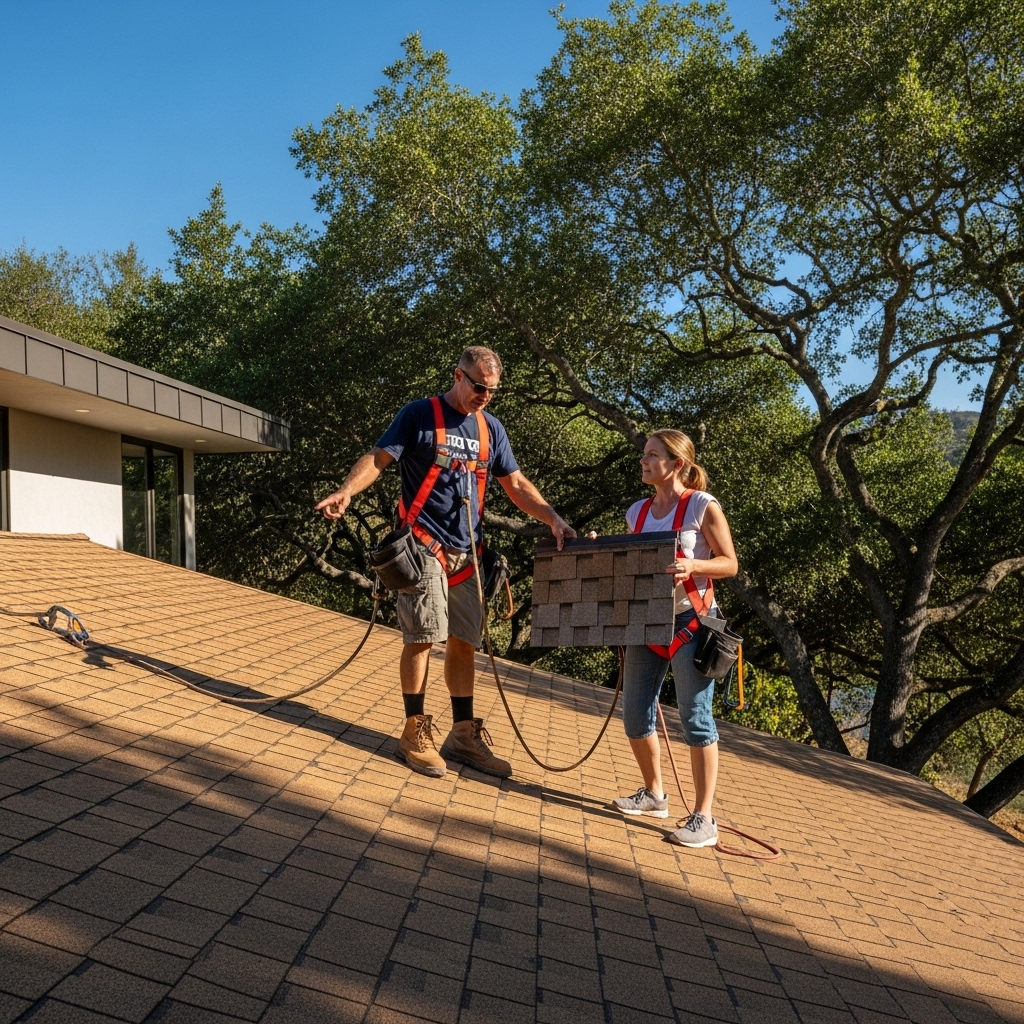Why the Right Installer Matters in Tarzana
Green roofing success is never an accident. It’s the result of local know-how, careful material selection, and field craftsmanship that respects Tarzana’s heat, winds, and neighborhood character. The installer you choose will shape how well your roof performs through late-summer scorchers, winter downpours, and those dry, gusty days when embers can ride the wind. Beyond technical skill, the right partner can help you navigate California energy codes, wildfire considerations, and the small but critical details—like attic ventilation and flashing geometry—that separate an average project from a truly sustainable one. In a place where a few degrees of attic temperature make a daily difference, installer expertise pays off in comfort and peace of mind.
As you begin your search, frame the conversation around systems rather than single products. Ask how the team integrates underlayment, insulation, ventilation, and the outer surface into a cohesive assembly tuned for the Valley. Early research can be simplified by reviewing local providers and learning how they approach green eco-friendly roofing with Tarzana’s microclimates in mind.
Licensing, Insurance, and Safety Practices
A credible installer holds the appropriate state license, carries liability and workers’ compensation insurance, and maintains a clean record with industry bodies. Just as important are safety practices tailored to hot-weather installations—hydration protocols, shade planning, and staging that prevents material damage in high heat. Safety-conscious crews work more smoothly and protect your property while moving quickly through critical stages like tear-off, dry-in, and final detailing. When a team respects the rhythm of Tarzana’s climate, they schedule sensitive tasks early and late in the day, preserving workmanship quality and ensuring a tidy site.
Insurance isn’t just paperwork; it’s your backstop if something unforeseen happens. Verify coverage and ask how the crew protects landscaping, pools, and outdoor spaces from debris. Thoughtful site protection signals a company that values both craftsmanship and client experience, an attitude that tends to show up in the quality of the finished roof.
Experience With Cool Roofs, Tile, Metal, and Single-Ply
Green roofing draws from multiple material families. In Tarzana, where you might see tile on the main house, a low-slope membrane over the garage, and metal accents on a remodel, your installer should be fluent across systems. Ask for examples: cool-rated shingles that lowered attic temperatures, tile installations with closed ridges and bird stops for ember resistance, metal standing-seam projects with vented assemblies, and reflective TPO or PVC membranes with tapered insulation. Experience across these categories indicates a team that can tune your solution without forcing a one-size-fits-all approach.
Material fluency also includes smart color selection. A contractor who understands how low-gloss paints on metal reduce glare or how cool pigments maintain a traditional look on shingles and tiles is prepared to support HOA reviews and ensure your home feels at ease on the block.
Attic Ventilation, Insulation, and Building Science
The best installers talk about the attic as much as the roof. Balanced intake and exhaust ventilation, sealed penetrations, and appropriate insulation values are the backbone of a green roofing system. In our climate, ventilated ridges and generous soffit intake clear hot air before it finds its way into hallways and bedrooms. Sealing bath fan ducts and flue penetrations is equally important to prevent heat and moisture from short-circuiting the system. When candidates propose a reroof, listen for specifics about ridge vent linear feet, intake net free area, and how they will verify airflow paths in an older home.
Builders who respect building science also pay attention to radiant barriers and vapor dynamics. While we don’t see extreme humidity swings, ensuring that assemblies dry safely after winter rains sustains the roof’s health and avoids hidden problems that can undermine even the most premium materials.
Fire-Ready Detailing for the Wildland–Urban Interface
Tarzana’s proximity to open space brings beauty and responsibility. An installer committed to resilience will specify Class A fire-rated materials, ember-resistant vents, and closed eaves, and detail tile with bird stops to eliminate gaps. Metal edges and sealed perimeters deny embers a path under the roof covering. Ask how the team stages clean-up during Santa Ana winds and what gutter protection they recommend given local tree species. The right answers show an understanding of how fire-aware detailing and green performance go hand in hand.
A contractor who has navigated post-wind inspections knows where to look for lifted tabs, displaced ridge caps, and membrane scuffs. That eye for detail during maintenance is often learned during installs, where proactive reinforcement at corners and edges prevents those issues from arising in the first place.
Permitting, Title 24, and HOA Navigation
Eco-friendly roofing intersects with California’s energy code, and compliance is part of doing it right. Ask prospective installers how they document cool roof values, whether they coordinate bath fan and range hood terminations, and how they schedule inspections to keep projects moving. If your neighborhood has an architectural review, an experienced team will prepare color boards and reflectance data that satisfy concerns without compromising performance. The smoother the paper trail, the more time the crew spends on the roof delivering quality work.
Permitting competence also shows up in sequencing. Smart contractors time tear-off and dry-in with a close watch on forecasts, minimize exposure windows, and ensure materials are staged for quick transition from underlayment to finished surface. These habits make a real difference during unsettled weather between seasons.
References, Portfolios, and Site Visits
Nothing beats seeing work in the wild. Ask for nearby addresses where tile, metal, or cool shingle projects have aged a few years. Look at ridge lines, edge metals, penetrations, and how the roof sits with the home’s architecture. Conversations with past clients reveal how crews behaved on-site, handled unexpected discoveries, and followed through on punch lists. Reputable installers are proud to share this information and may even introduce you to homeowners who can speak to daily comfort improvements after the project.
Pay attention to how portfolios handle complex areas—valleys under tree cover, transitions between sloped and flat roofs, skylight curbs, and parapets. The confidence to showcase details is a good proxy for competence in the field.
Clear Proposals and Transparent Scope
A strong proposal reads like a roadmap. It names materials by manufacturer and product line, spells out underlayment types, describes ventilation strategies, and identifies flashing metals and thicknesses. It also sets expectations for site protection, debris removal, and staging. When a company embraces green roofing, the proposal will explain how the assembly meets reflectance goals, fire ratings, and the comfort outcomes you’re seeking. Clarity helps you compare options and reduces surprises once work begins.
This is also where you should see thoughtful alternates. Perhaps the contractor offers a tile option and a cool shingle option, each with ventilation and insulation upgrades tailored to your home. Alternatives demonstrate that the installer is designing toward your goals rather than pushing a single solution.
Communication and Aftercare
Great installers stay communicative from the first call through final inspection. They’ll check in during key milestones—after tear-off, after dry-in, after the first course of the finished material—to confirm alignment. Post-project, they should outline maintenance rhythms suitable for Tarzana: seasonal cleaning after wind events, quick checks before the first winter storm, and periodic ventilation verification. The conversation doesn’t end when the last ridge cap is set; ongoing support is part of a green roof’s long-term success.
In the middle of comparing companies, it can help to review a concise overview of eco-friendly roofing services to keep your priorities straight. Seeing how materials, ventilation, and fire-readiness link together will sharpen your questions and make your selection process more confident.
Frequently Asked Questions
How do I verify an installer’s green roofing expertise?
Ask for recent projects in Tarzana or nearby neighborhoods that feature cool roofs, tile with closed ridges, metal with vented assemblies, or reflective single-ply membranes. Request photos of details, not just broad shots, and speak with clients about comfort changes after installation.
What should a professional proposal include for an eco-friendly roof?
Expect specific product names, underlayment types, ventilation details, flashing metals, and how the assembly meets fire and energy codes. The proposal should also outline site protection measures and cleaning protocols during windy conditions.
Are metal roofs too modern-looking for my neighborhood?
Low-gloss earth-tone finishes and smaller seam profiles can make metal roofs feel right at home among stucco and tile. Many Tarzana streets already include tasteful metal accents that balance modernity with warmth.
Can a contractor upgrade ventilation without changing the roof design?
Often, yes. Adding ridge vents and increasing soffit intake can be accomplished during reroofing without altering the roofline. The changes are subtle from the street but significant for attic temperatures and overall comfort.
How do installers address wildfire concerns?
They specify Class A materials, ember-resistant vents, closed eaves, and careful edge detailing. For tile, bird stops and sealed ridges are standard. For shingles and metal, sealed perimeters and tight flashing reduce ember pathways. Gutter strategies round out the approach.
What maintenance should I expect after a green roof install?
Plan on seasonal debris checks, especially after Santa Ana winds, quick inspections before the rainy season, and occasional washing of reflective surfaces to keep them performing. Regular attention helps any roof system deliver its promised lifespan and comfort benefits.
Ready to choose an installer who will turn sustainability into everyday comfort? Let’s talk about your roof’s goals, your home’s style, and the details that matter most to your family. Explore our green roofing services to see how a thoughtful, locally tuned installation can make your Tarzana home cooler, calmer, and more resilient.

